As the climate crisis worsens, the main culprits—fossil fuel developers—continue their relentless push for more fossil fuel projects. In doing so, they lock in emissions that, if realized, will doom our chances of keeping global warming within a manageable threshold. As shown by the latest Global Oil and Gas Exit List (1), this applies to the entire sector, and major oil and gas companies are no exception. After years of hoping they would leverage their financial power to drive the transition, a growing number of financial players are finally facing reality: no transformation can be expected from these companies (2). The only way to align financial services with a 1.5°C pathway is to end all support for developers of new oil and gas fields and liquefied natural gas (LNG) export terminals.
It has been more than a couple of years since the International Energy Agency’s (IEA) Net Zero Emissions by 2050 (NZE) pathway called for an end to new oil and gas fields (3) and new export terminals (4). The latest World Energy Outlook, published in October 2024, restates this message. And yet, despite all the red flags, the GOGEL reveals that 95% of oil and gas companies worldwide have plans for new oil and gas projects. Nearly two-thirds of the industry’s short-term expansion plans exceed the IEA’s scenario for net zero emissions by 2050.
These simple facts dismantle the argument for differentiating between pure-play companies, increasingly targeted by exclusion policies, and integrated companies, which evade such measures based on the unfounded claim that they could transition and should therefore receive financial support for transformation. The reality is clear: none of these companies are willing to turn their backs on oil and gas. All should be excluded, including the oil and gas majors.
Oil and Gas Majors Are No Exception in the Race to Grow Fossil Fuel Production
Despite years of engagement by CA100+ investors, major oil and gas companies continue to prioritize fossil fuels over the development of sustainable energy. This raises serious doubts about both the ability of investors to drive transformation within these companies and the willingness of these companies to change.
In fact, despite the urgent need for a managed phaseout of fossil fuels, the three largest European oil and gas companies have not only backtracked on key commitments to reduce oil and gas production in the years to come but, as shown in the GOGEL, have already increased their fossil fuel production in 2023 compared to 2022.
- BP increased its production by 5% in 2023 compared to the previous year, and weakened its pledge to cut oil and gas output by 40% by 2030 to just 25% (5). Furthermore, this target could be further adjusted to merely maintain production at current levels (6).
- Shell raised its oil and gas production by 8% from 2022 to 2023 and abandoned its plan to reduce oil production by 1-2% annually through 2030, now aiming to keep production flat (7).
- TotalEnergies plans to increase oil and gas production by 3% per year by 2030, surpassing its peers in production growth targets (8).
These actions underscore the disconnect between urgent climate goals and the relentless increase in fossil fuel production by these companies. Behind these growing production numbers are new oil and gas projects that will not only exacerbate their unbearable climate impact but also amplify social harm and environmental devastation.
Drill Baby Drill: the race for new projects hasn’t stopped
Integrated oil and gas companies are responsible for a significant part of short-term expansion (9), and the GOGEL continues to rank some of the most iconic oil and gas majors among the biggest upstream developers: TotalEnergies ranks sixth, Shell tenth and BP fourteenth. This stands in stark contrast to the image these companies strive to project in their own communications (10). Short-term expansion plans and investments in exploration will lock-in the worldwide energy production in fossil fuels in the long run as fields that are being explored and developed will enter into production in the coming months and years, and will continue to produce oil and gas for years or decades.
The 2024 GOGEL reveals alarming increases in short-term expansion plans among major oil companies. BP expanded its short-term plans by 49% as of September 2024 compared to September 2023, while also increasing its three-year average capital expenditure (CAPEX) for oil and gas exploration by 34%. BP’s largest projects include Greater Tortue Ahmeyim gas fields linked to planned LNG infrastructures in Mauritania, and shale projects in the US Permian Basin. Shell raised its short-term expansion plans by 20% and its three-year average exploration CAPEX by 9%. Meanwhile, TotalEnergies rose its short-term expansion plans by 1% and set itself apart by planning to add 22.4 million tons per annum (Mtpa) of new LNG export terminal capacity with projects such as Papua LNG and Mozambique LNG (11), a 14% increase from last year’s projections. The French major also updated in its October 2024 investor presentation its 5-year investment plan, planning to allocate 33% of its capital expenditure to oil and gas projects instead of 30% (12).
This capital represents funds diverted away from the development of genuine solutions. According to the IEA’s 1.5°C scenario, diversified oil and gas companies should allocate 50% of their investments to “clean energy” by 2030 (13). However, the three European majors are projected to allocate less than a third of their future investments to low-carbon activities (14). It’s no surprise that 64% of the financing that they received from the top 20 European banks from 2021 to 2023 went to oil and gas and not to non-fossil fuel activities (15).
The US$21.8 billion financing provided to BP, Shell, and TotalEnergies by European banks between 2021 and 2023 is deeply concerning. The good news is that some banks are beginning to lead the way. Two out of the 20 European banks now fully exclude financing for oil and gas upstream developers, while two of the largest banks, BNP Paribas and Crédit Agricole, have committed to no longer supporting oil and gas producers with conventional bonds and are stepping away from financing general-purpose loans for such companies (16). However, others—including Deutsche Bank, HSBC, Santander, and BPCE/Natixis—contributed to the overall US$6.73 billion and US$7.25 billion raised by BP and TotalEnergies (17), respectively, in 2024. This support must end.



